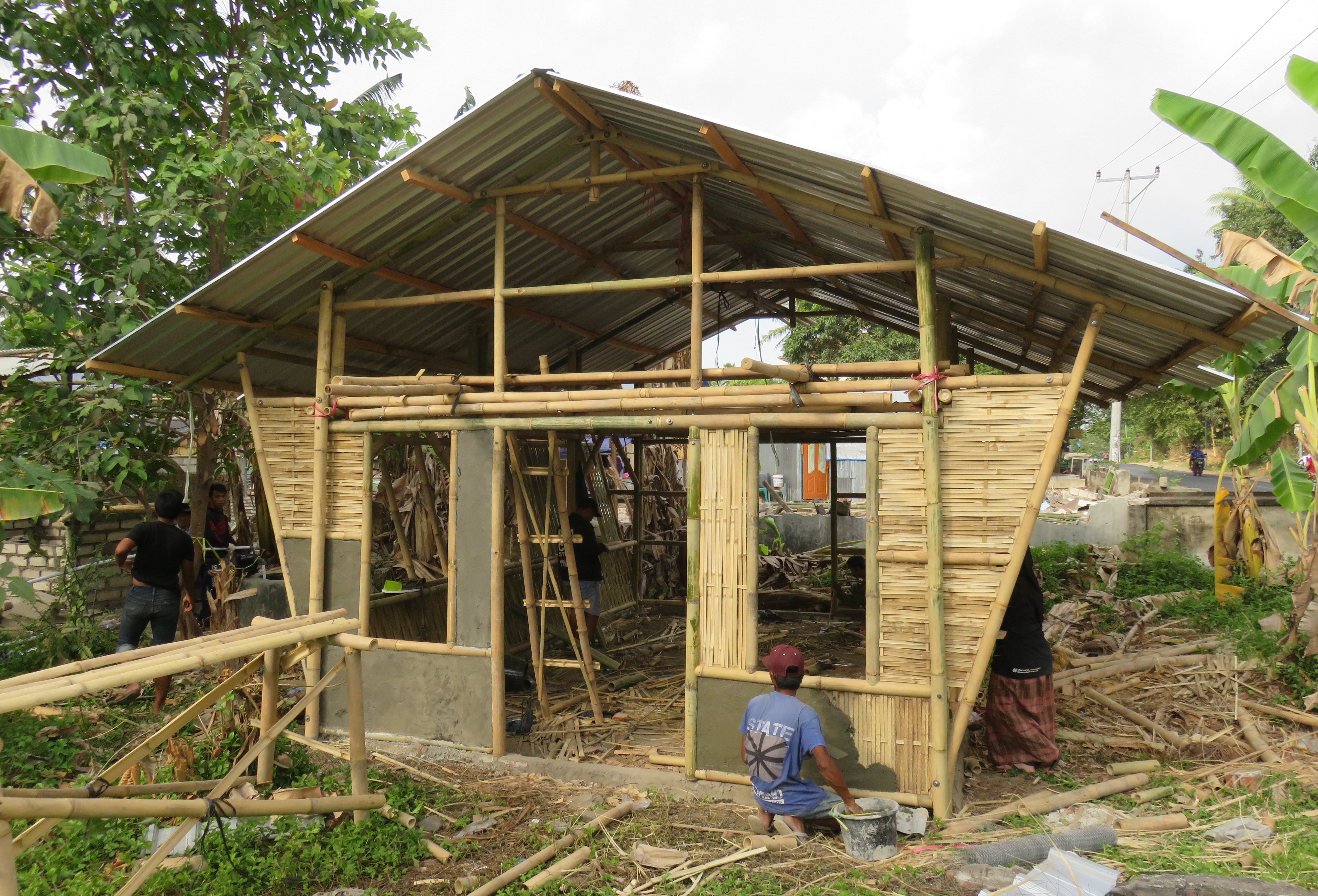ITB Expert: Turkiye's Earthquake is Feared by Many Seismologists
By Adi Permana
Editor Adi Permana

BANDUNG, itb.ac.id – A 7.8 magnitude earthquake hits Turkey on Monday (6/2) at 04:14. Its epicenter is located in Southern Turkey with a depth of 11km, triggering tsunamis with a height of 30cm in Erdemli.
The Dean of ITB FITB (Faculty of Earth Science and Technology), Dr. Irwan Meilano, S.T., M.Sc., explained the four reasons for the earthquake’s devastating impacts in Turkey. Firstly, this particular earthquake has a large magnitude. Additionally, its epicenter is shallow, with a depth of only 18 km.
The third reason for the earthquake’s severity is its repeated aftershocks; the first happened 11 minutes after the earthquake with a magnitude of 6.7 and the next one happened several hours after with a magnitude of 7.5. Lastly, the earthquake occurred in regions that have underdeveloped infrastructures.
“This earthquake has become Turkey’s largest after the previous one in December 1939, which had a magnitude of 7.8 at the east of the Turkey seas near the North Sesar Anatolia path.”
As quoted from BMKG (Meteorology, Climatology, and Geophysical Agency), the Head of the Earthquake and Tsunami Center, Dr. Daryono, S.Si, M.Si, stated the earthquake’s source is at the East Sesar Anatolia zone, which is active from the dynamics of the Arab and Anatolia tectonic plates. Moreover, earthquakes have strike-slip mechanisms. “This earthquake is the type that is greatly feared by many seismologists.”

According to the newest report from Reuters on Wednesday (8/2/2023), fatalities rose to 7800 people and damaged 5775 buildings, including hospitals, schools, and apartments. This disaster has inflicted great harm and displacement on thousands of residents.
Reporter: Pravito Septadenova Dwi Ananta (Geological Engineering, 2019)
Translator: Ruth Nathania (Environmental Engineering, 2019)




